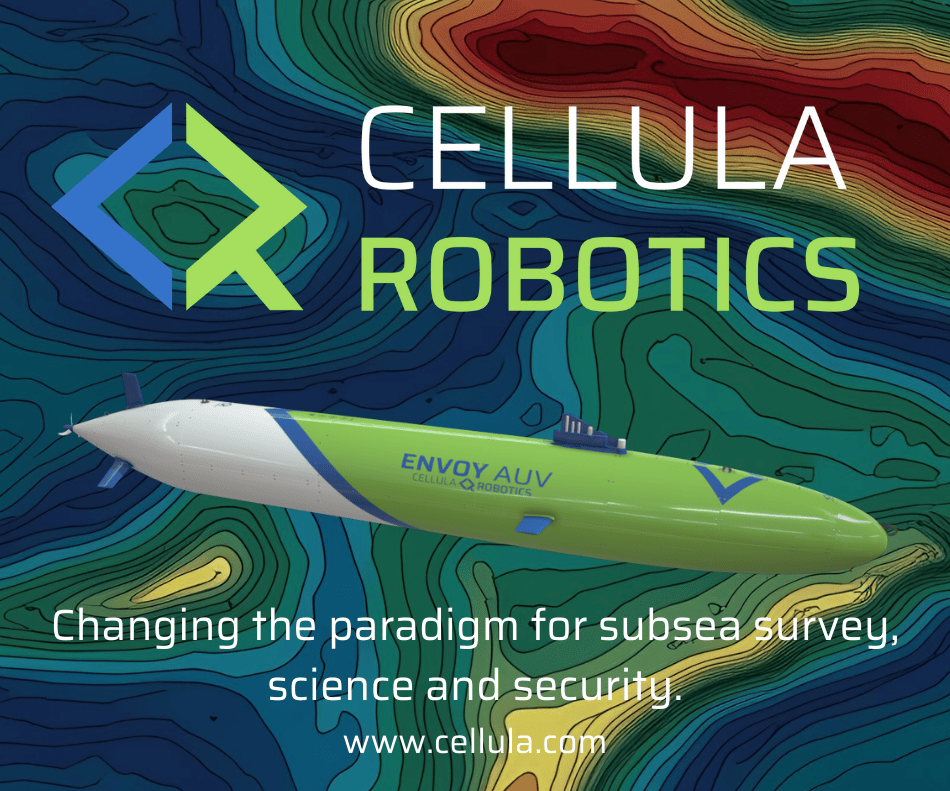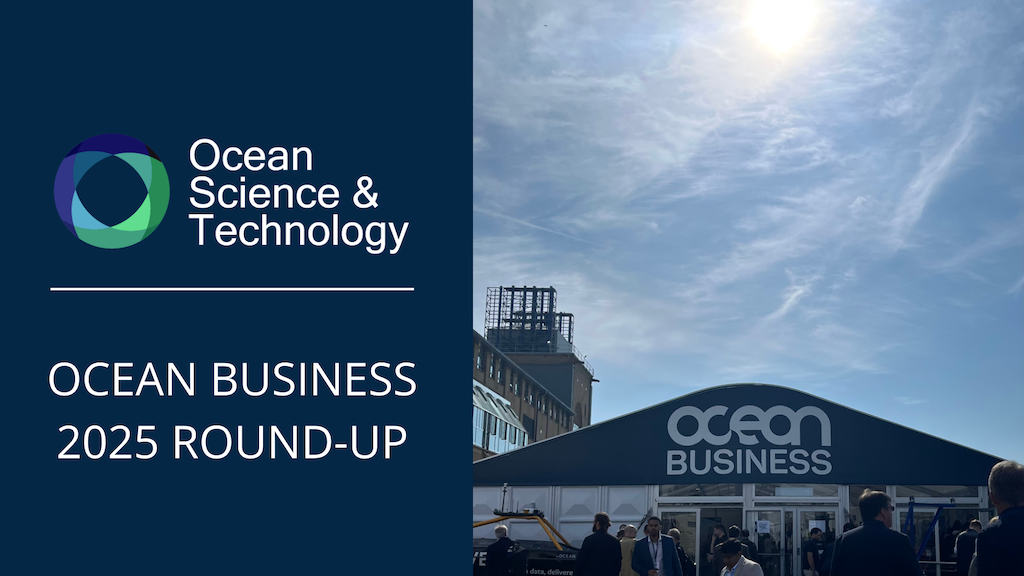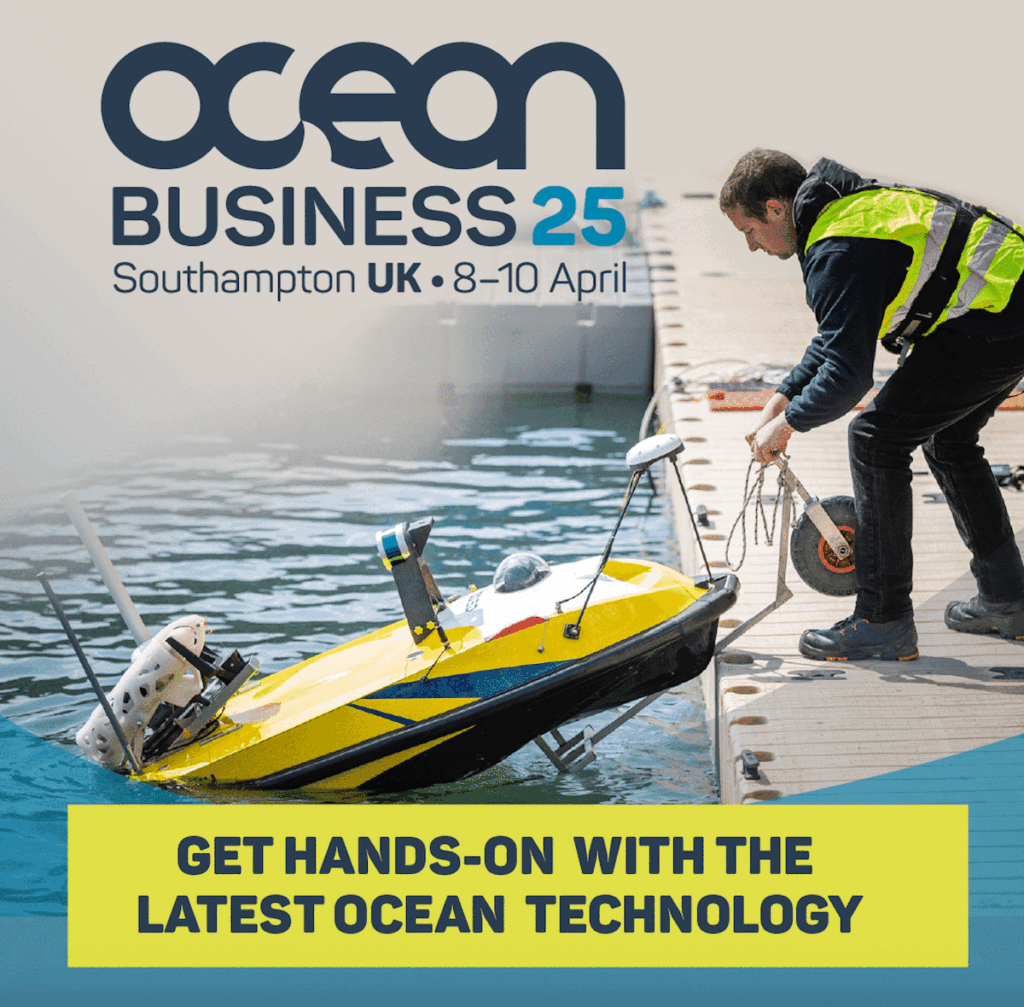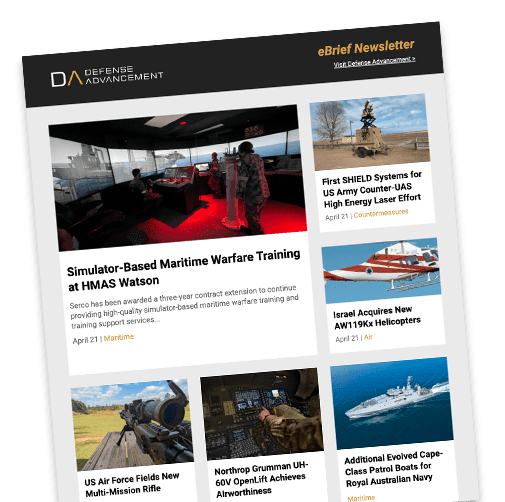
Connect with Leading Marine Technology Innovators
Discover cutting-edge solutions from leading global suppliers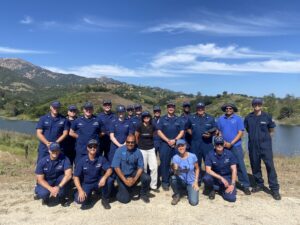
In the case of an oil spill, NOAA’s Office of Response and Restoration (OR&R) is among the first to arrive, only after the immediate arrival of the U.S. Coast Guard.
The spill could be a hundred miles off the coast, from a vessel grounding and leaking thousands of gallons of oil and endangering sensitive marine and coastal environments.
The Coast Guard and NOAA have a longstanding partnership, working together to keep the United States’ waters safe and pollution-free.
The Coast Guard assumes the primary responsibility for managing and responding to oil and chemical spill incidents in coastal waters, while OR&R provides the science-based expertise, both on-scene and remotely, to support informed decision-making during an emergency.
Their goal is simple: to control and clean up the hazardous material in order to prevent and reduce harm to the environment and human health. But, the journey ahead is complex. From start to finish, the job includes:
- Detecting, examining, and characterizing the oil spill
- Predicting where it will go
- Preventing the oil from reaching sensitive areas
- Cleaning up the oil
- Assessing the ‘damage’ or harm to the public and natural resources
- Holding the responsible parties liable for compensation to restore the lost resources
- Restoring the injured resources
This process in totality can take years, if not decades. But, the key to it all are the first steps taken at the scene: oil detection, oil characterization, and data collection, steps that OR&R and the Coast Guard are working together to enhance and expedite with cutting-edge science that puts eyes in the sky through the use of Uncrewed Aircraft Systems (UAS) technologies, such as drones.
The NOAA goes on to discuss The Tricky Science of Oil on Water and Uncrewed Aircraft Systems for Emergency Response.
To read the full article or find out more, visit the NOAA website.


